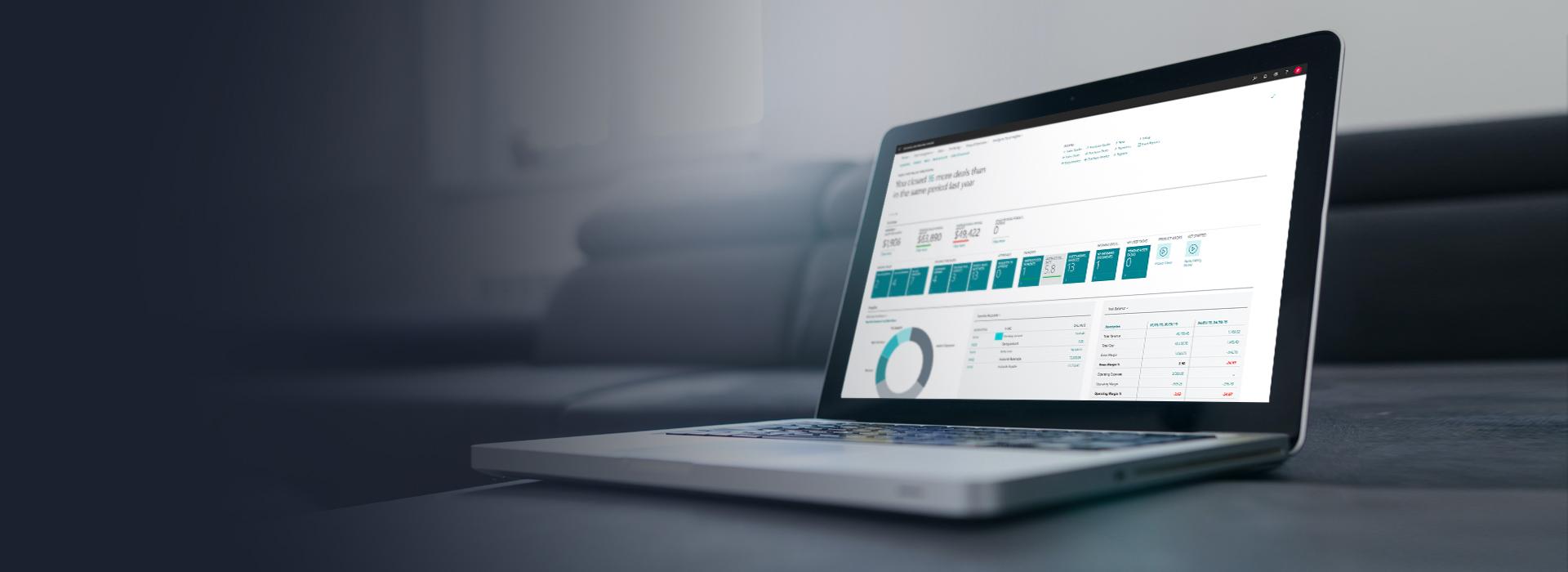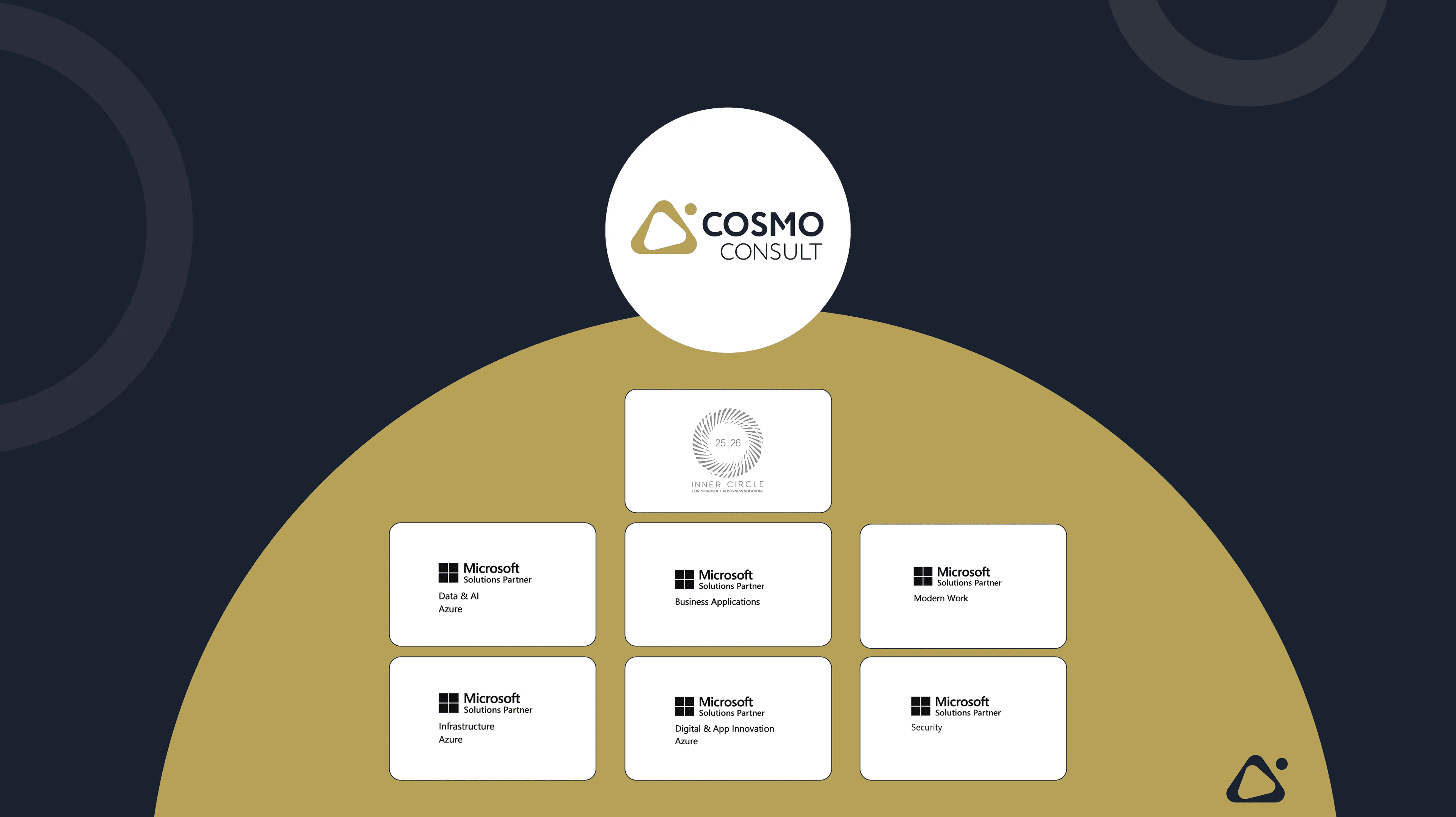
Otto, Rakuten, Zalando, eBay, Amazon - Keeping track of online marketplaces is sometimes more difficult than herding the proverbial cats. Since sales platforms have massively changed purchasing habits in the B2C and B2B sectors, they are now indispensable and not only for online retailers. In the course of going digital, more and more branch stores are pursuing cross-channel strategies that combine the advantages of e-commerce with those of in-store sales. In some industries, such as the furniture and textile business, even manufacturing companies are using digital marketplaces to sell discontinued models or overcapacity. However, the internet is a highly heterogeneous distribution channel. Depending on the target group, there are different marketplaces to choose from. Each of the platforms has its own requirements concerning the format, content and structure of the information that has to be provided. Because the interfaces are not uniform, multi-channel sales - that is, parallel sales in several marketplaces - is a relatively elaborate undertaking. This is especially true for companies selling a large range of products with a considerable number of variations.
One interface, many marketplaces
To be efficient, a software solution cannot be linked each marketplace individually. The technical requirements of the interfaces change much too quickly for that to work. In addition, e-commerce is a highly dynamic business. The market conditions can change quickly. It is therefore more elegant to integrate the individual channels outside the ERP software. There are specialized multi-channel commerce service providers for exactly this purpose. They organize the bidirectional data exchange with the individual online marketplaces. Instead of innumerable individual connections, there is only one interface between the ERP software and the multi-channel platform that has to be maintained. The fiddly business of connecting to the individual marketplaces is simply outsourced.
Prerequisite: A flexible ERP system
A few prerequisites still have to be fulfilled on the part of the ERP system. On the one hand, the software should be able to deliver the required content. There must therefore be enough space to describe products, delivery conditions, quantities and prices in sufficient detail. And the interface to the multi-channel platform must also be part of the package. Because the framework conditions are constantly in flux, standardized solutions are also preferable.
Going digital increases sales
Multi-channel platforms present a simple, efficient way to bundle existing sales channels and tap into new groups of customers. Both the provision of the article data and the receipt of incoming orders are completely digital processes. Article data is only maintained in one place, no matter which sales channel is in use: that place is the ERP system. Taking the sales process digital makes it possible to juggle a variety of different marketplaces in order to achieve higher revenues without significantly increasing sales costs.
Keywords
More similar news articles
Found what you were looking for?
Start your intelligent search now






